Edible Plants – Stingy Nettle

Urtica Dioica
Otherwise known as: common nettle, burn nettle, nettle and stinger
Most people know the stinging nettle, and probably have some itchy childhood memories about them. Which is less commonly known is that the stinging nettle is actually very tasty and good for you! Back home I would gather stinging nettle mainly for tea or the occasional meal, but here at Vegetarium where it is abundantly available we cook with it more often.
Leafs
Harvest the leafs when the plants are young, for example in spring, and the plants have not yes developed flowers or seeds. It has been shown that consuming nettle leafs in this stage can irritate the kidneys and urinary tract.
Harvesting the leafs might seem to be a scary job and of course you can wear gloves for it but with the right technique you can actually do it barehanded. There are different methods to harvest nettle leafs. There a less needles on top of the leafs so one way to harvest is to fold the leafs and then pinch the stem. And if you do get stung, Bulgarian grandmas say if you get stung by nettles a lot in the summer, you won’t get sick in the winter. Still bothered by the stings? You might want to read my article about plantains. Soaking the leafs in water before processing them might help get rid of the needles and makes preparing them a little easier.
Stingy nettle leafs can be eaten as any leafy green vegetable and have a taste similar to spinach. Nettles are most commonly used as a nettle soup and can be found for example in cheese. The leafs can also be dried and used to make a herbal tea.
Nutritional properties
Contains many nutrient of which many vitamins, minerals, polyphenols, fats, amino acids and pigments. Many of these act as antioxidant, protecting your body against free radicals and thereby against many disease including cancer.
- Nettle greens are an excellent source of vitamin K which promotes bone formation and limit neuronal damage in the brain.
- Nettles contain high amounts of vitamin A, improving vision and protecting against skin, lung and oral cavity cancers.
- The B vitamins (folate, thiamin, riboflavin, niacin, vitamin B6 and pantothenic acid) found in nettles help with optimum functioning of the cells. The folate found in fresh leafs help prevent neural tube defects in newborns and is therefore recommended to anticipant mothers.
- Nettle greens are also a source of many minerals of which calcium, magnesium, phosphorus and iron.
- Lastly, nettles are a good source of protein and can contain up to 25% of protein (dry weight) in its peak season.
Medicinal properties
Can help reducing inflammation and relieve rheumatic complains.
Other properties
Because of the high nitrogen content, stingy nettles can be used to make a homemade fertiliser.





Seeds
While the use of the leafs is fairly well known, the less commonly eaten seeds of the nettle plant are actually the most nutritious. Nettle seeds contain all the good nutrients of the nettle plant and has many other positive effects. Nettle seeds support the adrenal glands and have therefore an energising effect. Nettle seeds have an anti inflammatory effect, can help reduce the symptoms of hay fever and can slow down renal failure by increasing kidney glomerular function. Furthermore, studies have shown nettle seeds to have protective effects for the liver, by repairing and restoring liver function after oxidative damage. Lastly, nettle seeds can also be used as an aphrodisiac. All in all making the nettle seed a true powerhouse!
Note: too much of something good can be not good at all, so limit your nettle seed intake to maximal 30 grams a day or you will have some trouble sleeping at night.
To harvest the seeds, it is important to recognise the difference between male and female nettle plants since only female plants carry seeds, see the pictures below.
To harvest the seeds I use glove and separate the seeds (and leafs) from the stems in one flowing movement. This way harvesting is very easy, however, you do need to separate the leafs from the seeds before drying them which can be a boring job. Once I separated the seeds I dried them by spreading them out on a baking sheet and leave them in a warm room for a couple of days. When the seeds were thoroughly dry I rubbed them between my fingers to separate the seeds from the stems. Put them in a nice jar and all done!


Written by Camil

